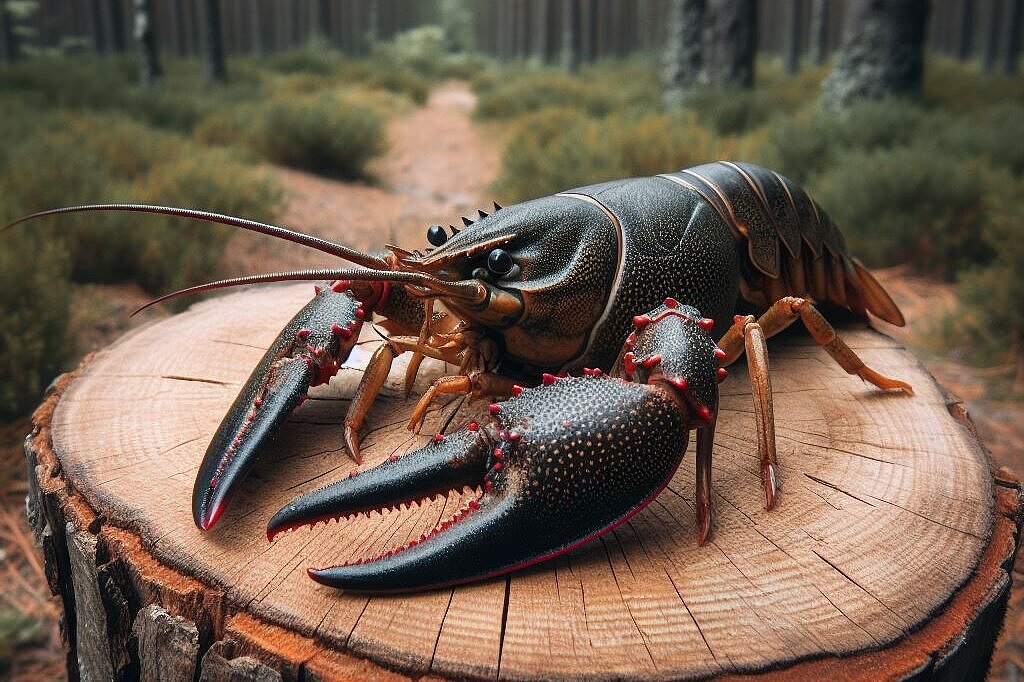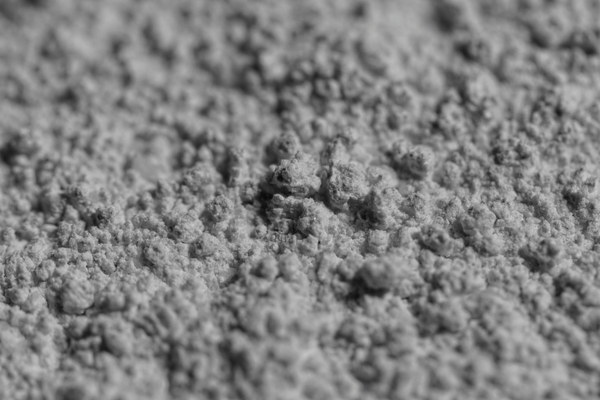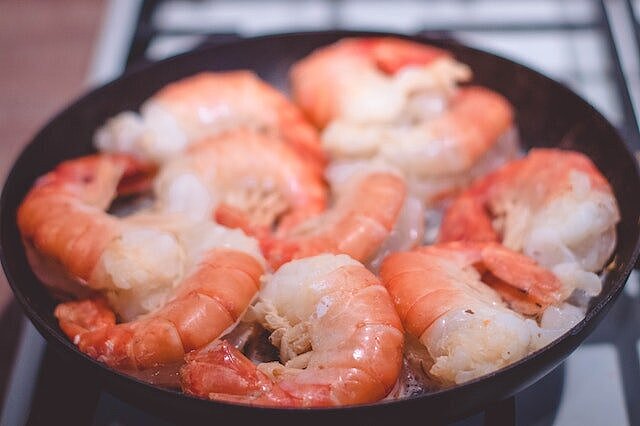Oyster shell

You may have seen oyster shells on the ingredients list of dog food and wondered what they are doing there. Oyster shells are not only a delicacy for humans, but also a source of calcium for dogs. In this article, you can find out more about oyster shells and their advantages and disadvantages for your four-legged friend.
What is oyster shell?
Oyster shells are the hard shells of oysters, a type of seafood. They consist mainly of calcium carbonate, a mineral that is important for bone formation and tooth development. They also contain trace elements such as zinc, iron and copper, which also play a role in health.
Why is oyster shell used in dog food?
Oyster shells are used in dog food as a natural source of calcium. Calcium is an essential nutrient for dogs, which is primarily required for the skeleton and muscles. A lack of calcium can lead to growth disorders, bone fractures or dental problems. As many types of meat contain little calcium, they must be supplemented with an additional source of calcium. Oyster shells are one such source, which are also well tolerated and easy to digest.
What are the benefits of oyster shell in dog food?
Oyster shell has several advantages as a source of calcium in dog food:
- It is natural and contains no artificial additives or chemicals.
- It isrich in trace elements such as zinc, which promotes immune defense and wound healing, among other things.
- It has an anti-inflammatory effect due to the mother-of-pearl in the shell.
- It can improve skin health and give a beautiful coat shine thanks to the mother-of-pearl in the shell.
What are the disadvantages of oyster shell in dog food?
Oyster shell also has some potential disadvantages as a source of calcium in dog food:
- It can contain bacteria that can lead to gastrointestinal discomfort or infections. You should therefore only buy high-quality products and pay attention to the best-before date.
- It can lead to an oversupply of calcium if the dose is too high or if the dog is already getting enough calcium from other sources. An oversupply of calcium can lead to kidney stones or heart problems. Therefore, you should always adhere to the recommended feeding amount and have your dog checked regularly by a vet.
- It can trigger allergies or intolerances in dogs that are sensitive to seafood. In this case, other sources of calcium should be used.
Oyster shell is a natural and nutritious source of calcium for dogs that can provide many health benefits. However, you should also be aware of possible risks and always use high-quality products.
Properties 5
Are you looking for other ingredients with a specific property?
Just click on them to find more.
If you notice any signs of hypersensitivity or poisoning in your dog, you should see your vet immediately. We are not a substitute for a vet, but we try to be as accurate as possible. Every dog reacts differently and we recommend you get a second opinion or consult your vet if in doubt.
Stay healthy and take good care of your four-legged friend!😊
Similar to Oyster shell
Crustaceans have many positive properties for your dog's health. They are rich in high-quality protein, which is important for muscle building and cell renewal. They also contain many essential...
Seafood is any animal that lives in the sea and is edible, but is not a fish. This includes, for example, mussels, prawns, crabs, lobsters and squid. Seafood has a high content of protein, minerals...
Calcium is a chemical element that occurs naturally and is found in many foods. Calcium is primarily responsible for building and maintaining bones and teeth, but it also has other important...
Shrimps are crustaceans that belong to the crustacean family. They have a chitinous exoskeleton, antennae and ten legs. There are around 20,000 different types of shrimp, most of which live in salt...



